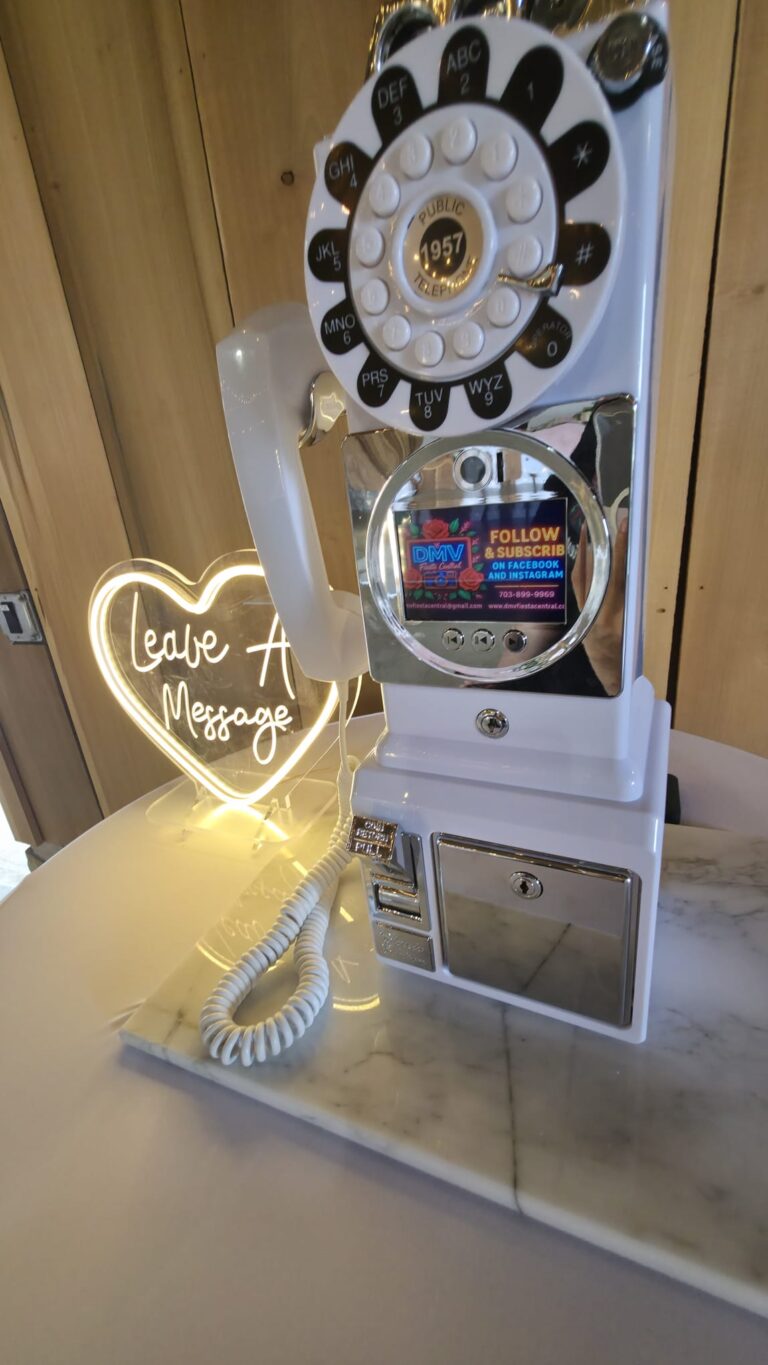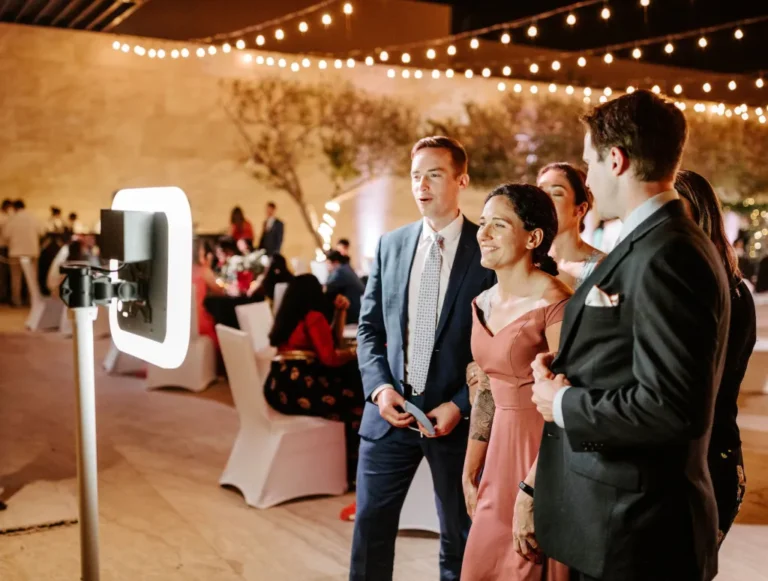Blog
Unlocking Mystical Symbols: Lessons from Gold Party 2
Mystical symbols have fascinated humanity across cultures and ages, often serving as powerful tools for conveying spiritual beliefs, cultural values, and psychological influences. In gaming, these symbols are deliberately integrated to enhance engagement, evoke cultural mysticism, and create a sense of wonder. This article explores how symbols function in modern slot games, with a focus on their educational and cultural significance, exemplified by the design principles seen in games like Pragmatic Play’s Gold Party 2. By understanding these elements, players and designers alike can deepen their appreciation of the symbolic language at play.
1. Introduction to Mystical Symbols in Gaming
a. Defining mystical symbols and their cultural significance
Mystical symbols are visual elements imbued with cultural, spiritual, or superstitious meanings. They often originate from ancient traditions—such as the horseshoe as a symbol of good luck in Western cultures or the lotus flower representing purity in Eastern philosophies. These symbols serve as a bridge between cultural identity and personal belief, making them powerful tools in both traditional rituals and modern entertainment.
b. The role of symbols in enhancing player engagement and experience
In gaming, symbols do more than decorate; they influence player perception and emotional response. Familiar symbols like the horseshoe evoke feelings of luck and hope, encouraging continued play. They also serve as visual cues for triggering bonus features or jackpots, creating an immersive experience rooted in cultural symbolism.
c. Overview of how symbols bridge entertainment and cultural mysticism
By integrating symbols with deep cultural roots, game designers craft experiences that are both entertaining and educational. They invite players to engage with symbols that carry historical and mystical significance, enriching their understanding of different cultural narratives while enjoying the thrill of gameplay.
2. The Cultural Roots of Symbols in Gambling and Games
a. Historical origins of symbols like the horseshoe as a good luck charm
The horseshoe, for example, traces back to ancient civilizations—Egyptians, Romans, and Celts—who believed it could ward off evil and attract fortune. Its shape, resembling a crescent moon, was seen as a symbol of protection and prosperity. In gambling contexts, hanging a horseshoe above a door or including it in game symbols is believed to bring luck, a tradition that has persisted into modern slot machines.
b. Cultural variations and interpretations of mystical symbols
Different cultures interpret symbols uniquely. For instance, in Chinese culture, the dragon symbolizes power and good fortune, while in Western traditions, the
c. The psychological impact of familiar symbols on players’ perceptions
Familiar symbols tap into subconscious associations, influencing players’ perceptions of control and luck. The familiarity breeds comfort and confidence, often leading to increased engagement and positive emotional responses. This psychological effect is supported by research indicating that culturally meaningful symbols can enhance the perceived fairness and excitement of a game.
3. Symbol Mechanics in Modern Slot Games
a. How symbols function within game design—examples from Gold Party 2
Modern slot games use symbols not only for aesthetic purposes but as functional elements that trigger gameplay features. In Gold Party 2, symbols like the horseshoe activate special features when aligned, often unlocking bonus rounds or multipliers. These mechanics leverage symbolic meanings to create intuitive gameplay, where familiar icons guide players through the experience.
b. Explanation of special symbols: multipliers, wilds, and bonus triggers
Special symbols include:
- Wilds: Substitute for other symbols to complete winning combinations.
- Multipliers: Increase the payout of winning spins, often visualized as symbols like the horseshoe or a four-leaf clover.
- Bonus triggers: Activate free spins or bonus games, frequently signaled by unique icons or culturally significant symbols.
c. The significance of the horseshoe and other symbols in game outcomes
In many games, the appearance of a horseshoe can be a key to unlocking bonus features or multiplying wins, reinforcing its cultural association with luck. The deliberate placement and design of these symbols serve to deepen the mystical feel, making the game more engaging and rooted in cultural storytelling.
4. The Power of Multiplier Symbols: Enhancing Mystical Appeal
a. How multiplier symbols apply their value to random symbols
Multiplier symbols, often represented by icons such as the horseshoe or a treasure chest, apply their value to random or adjacent symbols during a spin. For example, a 3x multiplier may multiply the payout of a winning combination by three, adding an element of unpredictability and excitement rooted in the mystical symbolism of luck and fortune.
b. The element of randomness and its connection to mystical unpredictability
The randomness inherent in multiplier activation mirrors mystical beliefs about luck being unpredictable and uncontrollable. This uncertainty heightens the thrill, as players feel they are tapping into a force beyond rational control—an idea reinforced by symbols that evoke luck and chance.
c. Educational insight: understanding probability and chance in relation to symbols
Analyzing the probabilities associated with symbols like multipliers helps players understand the role of chance. For instance, if a multiplier appears in 1 out of 20 spins, players can assess their expected returns and develop strategies, making gameplay both entertaining and educational about probability theory.
5. Gold Party 2 as a Case Study in Symbolic Design
a. Overview of the game’s theme and its symbolic elements
Gold Party 2 is themed around a festive, treasure-hunting environment, rich with symbols of luck and wealth. Visual elements such as gold coins, party hats, and the prominent horseshoe create an atmosphere that combines cultural symbolism with modern entertainment. These symbols serve as visual anchors, guiding players through the game’s narrative of luck and prosperity.
b. The integration of cultural symbols like the horseshoe into gameplay
The horseshoe in Gold Party 2 is not merely decorative; it functions as a key to unlocking bonus features, reinforcing its cultural association with good luck. Its placement and animation during gameplay enhance the mystical experience, making each spin feel like a ritual of fortune.
c. How game features like “Ante Bet” reinforce the mystical experience
Features such as the “Ante Bet” option allow players to increase their stake and chances of triggering bonus rounds. This decision-making process echoes themes of fate and luck, encouraging players to actively participate in shaping their mystical journey—an educational point about risk and reward in gambling.
6. Beyond Symbols: The Role of Player Choices in Unlocking Mystical Rewards
a. The significance of strategic options such as “Ante Bet”
Strategic choices like activating “Ante Bet” reflect the player’s belief in enhancing their luck. This mirrors real-world superstitions where rituals or actions are believed to influence outcomes, blending psychological and cultural elements into gameplay.
b. Decision-making processes and their connection to mystical themes of fate and luck
Decisions about betting levels or activating special features symbolize control over fate, engaging players in a narrative of luck versus risk. This interaction underscores the psychological appeal of gambling as a mystical pursuit.
c. Educational perspective: risk management and psychological effects of choice
Understanding how choices influence outcomes teaches players about probability and risk management, transforming entertainment into a platform for learning about decision-making under uncertainty.
7. Mystical Symbols and Player Psychology
a. How symbols influence player emotions and perceptions of luck
Symbols like the horseshoe evoke hope and optimism, often leading to increased excitement and perseverance. Their visual prominence can foster a belief in personal control over luck, impacting emotional states during gameplay.
b. The placebo effect: belief in symbols’ power and its impact on gameplay
Believing that certain symbols hold power can create a placebo effect, where players perceive higher chances of success. Recognizing this psychological influence is crucial for promoting responsible gaming and understanding how symbols shape perceptions.
c. Ethical considerations: promoting responsible gaming through symbolic design
Designers can incorporate symbols thoughtfully to promote awareness of luck’s unpredictability, encouraging players to view gaming as entertainment rather than a means of guaranteed success. This fosters healthier attitudes towards gambling.
8. Designing Symbols with Cultural and Mystical Depth
a. Principles of effective symbolic design in gaming
Effective symbols are visually distinctive, culturally meaningful, and seamlessly integrated into gameplay. They should evoke emotional responses, reinforce themes, and trigger game features, creating a cohesive mystical narrative.
b. Incorporating cultural authenticity and universal appeal
Balancing authenticity with accessibility requires understanding cultural nuances and avoiding stereotypes. Symbols like the horseshoe or the four-leaf clover have universal recognition, making them ideal for global audiences.
c. Case examples from Gold Party 2 and other modern games
Gold Party 2 exemplifies this approach by blending culturally rooted symbols with engaging gameplay. Similar strategies are evident in games that incorporate mythological icons or traditional motifs, enriching player experience and cultural literacy.
9. The Future of Mystical Symbols in Gaming
a. Emerging trends: augmented reality, personalized symbols, and cultural storytelling
Advancements like augmented reality (AR) enable immersive symbolic experiences, where players can interact with culturally significant icons in real-world environments. Personalization allows players to select symbols that resonate with their beliefs or backgrounds, fostering deeper engagement.
b. Potential educational benefits of symbolic gaming elements
Educational opportunities include teaching cultural history and symbolism through interactive gameplay, promoting cultural literacy and critical thinking about luck, fate, and human belief systems.
c. How understanding symbols enriches player experience and cultural literacy
A deeper appreciation of symbolic language enhances enjoyment and fosters cross-cultural understanding, turning gaming into a platform for learning about the diverse ways humans interpret luck, success, and spirituality.
10. Conclusion: The Educational Value of Mystical Symbols in Gaming
The integration of mystical symbols in modern gaming exemplifies a rich intersection of culture, psychology, and entertainment. Games like Gold Party 2 serve as contemporary illustrations of timeless principles, demonstrating how symbols can deepen engagement and cultural understanding. Recognizing their significance encourages players to critically appreciate the layered meanings behind visual icons, transforming gaming from mere entertainment into an educational experience.
“Symbols are the language of the subconscious; understanding them unlocks a deeper connection to cultural narratives and personal beliefs.” — Cultural Psychology









